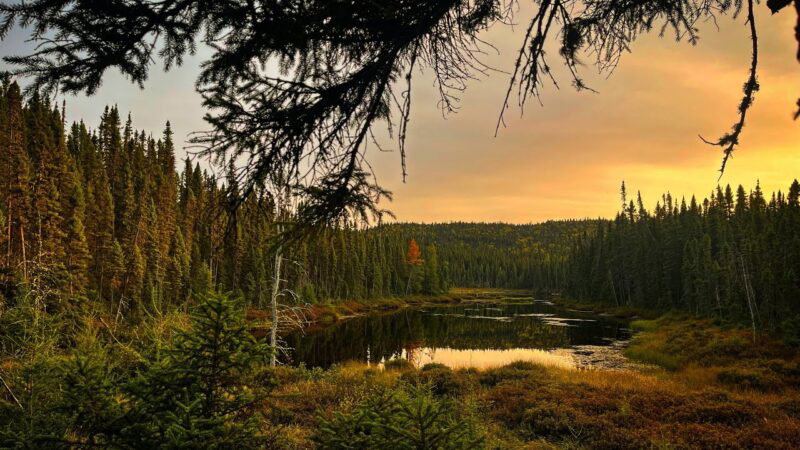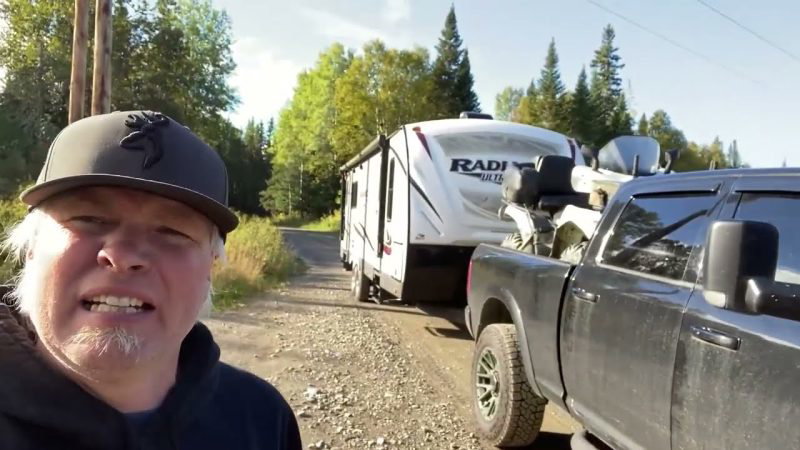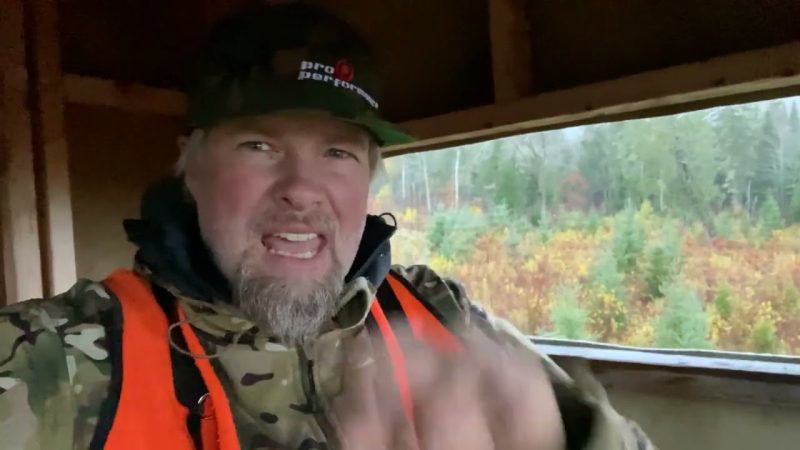Reviews
User Score
Rate This
Descriptions:
How to gut a moose
How to gut a moose | Adventure Hunting Moose Deer Outfitters & Outdoors
How to gut a moose
How to eviscerate a moose – Capsule 26 See step-by-step how to eviscerate a moose with our talented Simon Lemay from Le chasseur outfitter. Whether it’s bleeding, positioning themoose correctly at the start, placing the head or even how to recover the bladder, it’s all here!source
Description
The adult bull moose, with its full plume, is the largest animal in North America. Its size, measured at the withers, exceeds that of the largest saddle horses. Large males weigh up to 600 kg in most of Canada, and up to 800 kg for the giant subspecies in Alaska and the Yukon. The moose is the largest of the cervidae, a family also represented in North America by the elk, white-tailed deer, mule deer and caribou.The moose(Alces alces) has long, slender legs that end in cloven hooves often measuring over 18 cm in length. His shoulders are hunched and the massive muscles attached to them make him look hunchbacked. It has flat flanks, a low, rather thin croup and a short, bushy tail. Its head is massive and compact, with a long, arched muzzle ending in a protruding, flexible upper lip that gives it an air of sadness. Its ears resemble those of the mule, although not as long. Under the throats of most moose hangs a dewlap of hairy skin that can reach up to 30 cm in length. dress moose ranges from dark brown, almost black, to reddish brown or grayish; the legs are mottled with gray or white. male The adult has a huge plume, sometimes almost white, with a wingspan of 120 to 150 cm from tip to tip, sometimes exceeding 180 cm. The heavy central poles, called merrains, widen to form pallets that are crowned with a number of spikes normally measuring less than 30 cm.protuberances may form on the young male ‘s forehead from his first year of existence. Woods start to grow in midsummer. As they grow, they are soft and spongy, irrigated with blood vessels and covered with a velvety skin. They reach full size in late August or early September and become hard and bony. The velvet dries out, and males rub it against tree trunks to get rid of it. Younger moose sometimes keep their antlers until April, but older ones usually lose them by November. In yearlings, antlers are usually simple daggers. The following year, they become larger and more branched, usually flattening at the tips. The new antlers that grow each summer fall off in autumn.Signs and soundsThecalf’s call is just a low growl, but soon turns into a shrill, almost human-sounding moo. During the mating season, or rutting period, females utter nasal bellowing sounds to invite males to join them. The males respond with a hoarse roar.
Habitat and habits
Moose frequent the slopes woodlands and rocky mountain ranges of the West, the shores of half a million lakes, muskegs and streams of the great boreal forest, and even the northern tundra and prairie parklands of the Prairie provinces. supports cold very well, but suffers from heat. In summer, especially at the height of mosquito season, it can spend several hours a day in the water. Moose are very comfortable in water. It sometimes dives to 5.5 m or more to dig out plants from the bottom of a lake or pond, and can swim 19 km. Of all North American cervids, only the caribou is a more powerful swimmer. Very early on, the youngster is able to follow its mother swimming a long distance, occasionally resting its snout on the mother’s back for support.Unique characteristicsMoosehave very poor eyesight, but this is compensated for by their senses of smell and hearing. Their formidable physical strength and great energy enable them to move over almost any type of terrain. Thanks to their long legs, moose can move easily through fallen trees and snow, where deer and wolves wouldn’t dare. Their cloven hooves and dewclaws spread out, giving them a greater support surface when moving over soft muskeg ground and snow. When spooked, moose will sometimes crash into the undergrowth. Yet, despite its imposing size, even a variegated adult male can move through the dense forest almost as silently as a cat. Before lying down to rest, it will usually move against the wind for a while, then move back in a partial circle. This way, predators following its trail have to approach in the direction of the wind. Skilled hunters know when to stop following a moose’ s trail and instead head into the wind to try to catch it where it has hidden.SOURCESL https://www.hww.ca/fr/faune/mammiferes/l-orignal.html
























